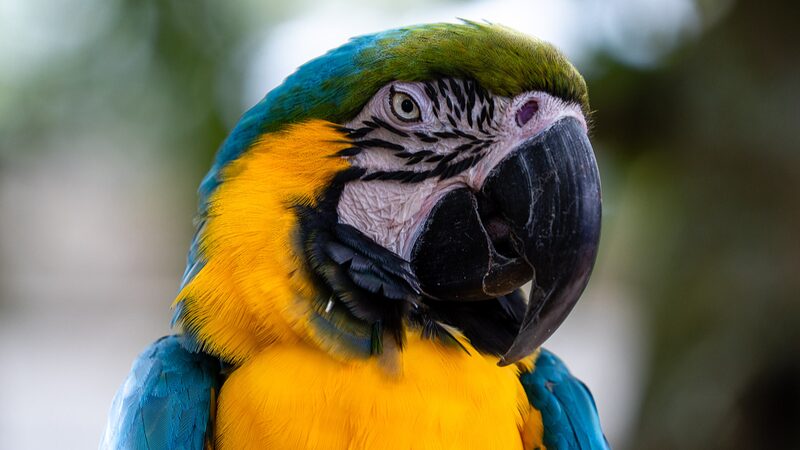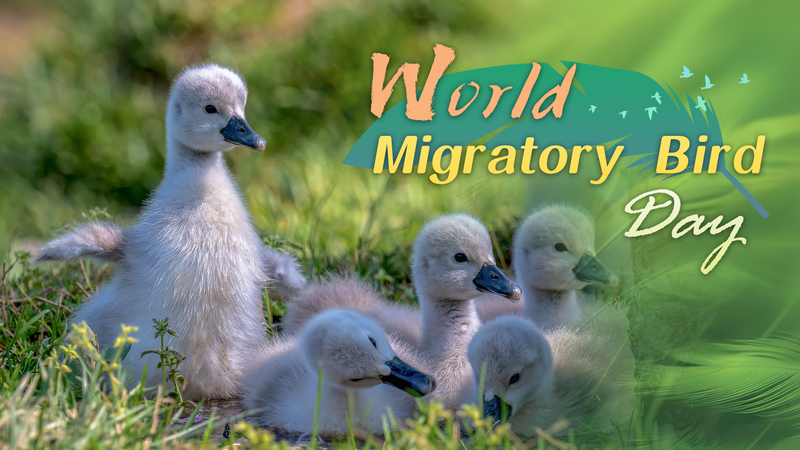In Havana's lush Botanical Garden, biologist Daniela Ventura carefully extracts a catbird from a mist net – its gray feathers ruffled but unharmed. This tiny traveler, weighing less than a smartphone, is part of a groundbreaking study uncovering how migratory birds transform Cuba into their winter paradise 🏝️.
For decades, U.S.-Cuba political tensions grounded cross-border science collaborations. 'Birds don’t need visas,' laughs veteran ornithologist Lourdes Mugica, as she describes tracking avian nomads flying 5,000km from Canada using Cuba’s first-ever MOTUS radio telemetry antenna. Recently, it detected a Swainson’s thrush originally tagged in British Columbia – a feathery Marco Polo moment!
Despite aging trucks needing push-starts and past food shortages (Mugica once lost 32kg during fieldwork!), Cuban scientists are rewriting migration maps. 'These 10-gram birds crossing oceans? It’s like your kid sister backpacking across continents alone,' Ventura marvels. Their research, partnered with Canada, reveals how birds fatten up pre-journey – vital intel for conservation as climate shifts redraw flight paths.
As catbirds prepare for their Gulf of Mexico crossing, this story soars beyond biology: a testament to science bridging divides 🌍. Or as Mugica puts it: 'Let’s hope humans someday migrate as freely as our birds.'
Reference(s):
cgtn.com



